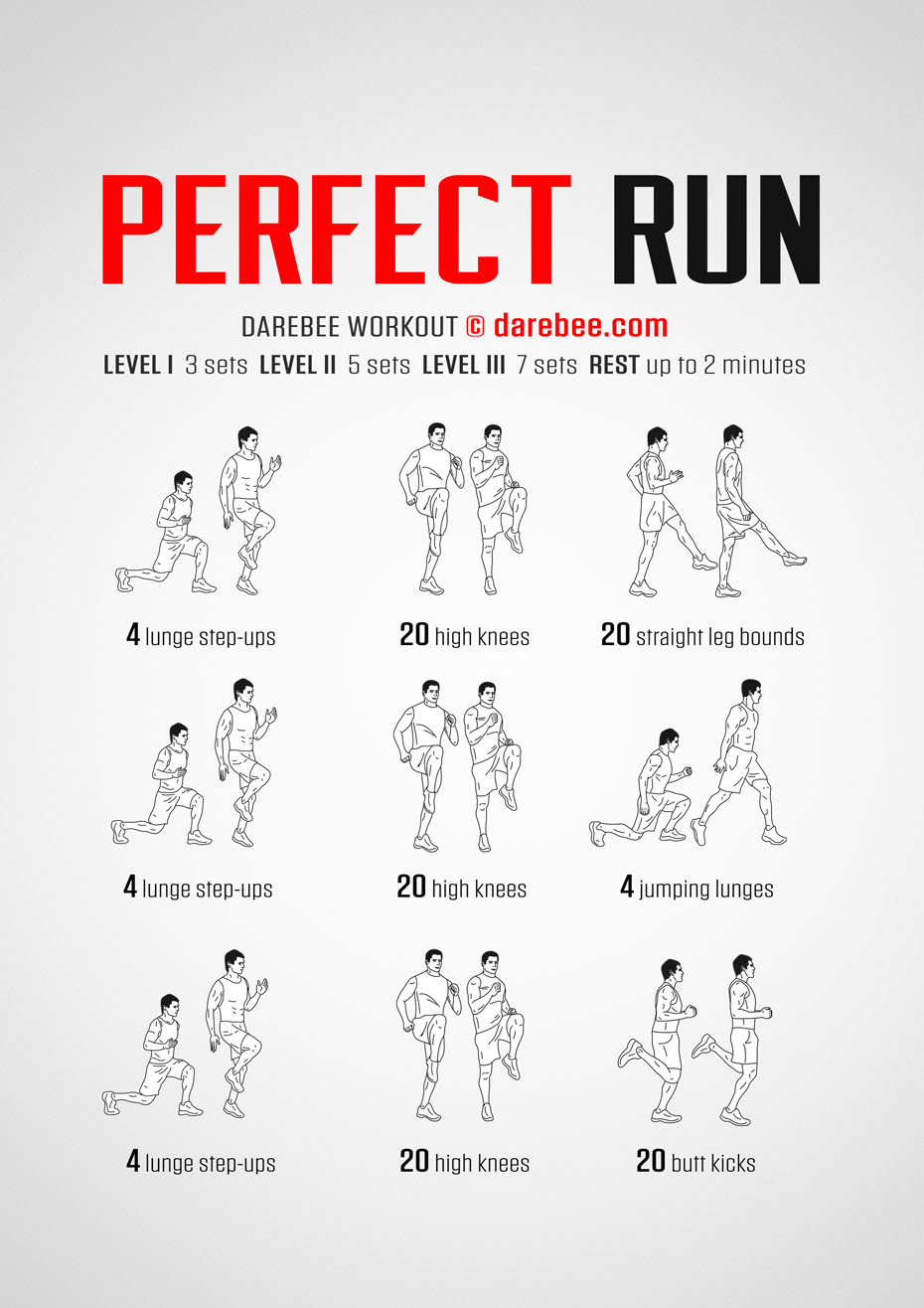The Ultimate Running Strategy Guide: Achieve Your Physical Fitness Goals
The Ultimate Running Strategy Guide: Achieve Your Physical Fitness Goals
Blog Article
Taking Care Of Usual Running Pains: Causes, Solutions, and Prevention
As joggers, we usually encounter various pains that can hinder our performance and enjoyment of this physical activity. By checking out the root reasons for these running pains, we can uncover targeted services and precautionary steps to guarantee a smoother and a lot more satisfying running experience.
Typical Running Pain: Shin Splints
Shin splints, a typical running pain, typically result from overuse or incorrect footwear during exercise. This condition, clinically called median tibial stress and anxiety disorder, materializes as pain along the inner side of the shinbone (shin) and is widespread amongst athletes and runners. The recurring stress and anxiety on the shinbone and the cells connecting the muscles to the bone leads to swelling and discomfort. Runners who swiftly raise the strength or duration of their exercises, or those that have flat feet or improper running strategies, are especially vulnerable to shin splints.
To protect against shin splints, individuals should gradually enhance the strength of their exercises, use appropriate footwear with appropriate arch support, and preserve versatility and stamina in the muscle mass bordering the shin (running strategy). In addition, including low-impact tasks like swimming or biking can assist preserve cardio physical fitness while enabling the shins to heal.
Typical Running Pain: IT Band Disorder
In enhancement to shin splints, one more common running pain that athletes typically come across is IT Band Syndrome, a condition caused by inflammation of the iliotibial band that leaves the external upper leg and knee. IT Band Syndrome generally manifests as pain on the exterior of the knee, specifically throughout activities like running or cycling. The iliotibial band is a thick band of fascia that attaches the aware of the shin, and when it ends up being inflamed or tight, it can massage versus the thigh bone, leading to pain and discomfort.
Runners experiencing IT Band Disorder might see a stinging or hurting sensation on the outer knee, which can worsen with ongoing task. Elements such as overuse, muscular tissue discrepancies, inappropriate running form, or insufficient workout can contribute to the advancement of this problem.
Common Running Pain: Plantar Fasciitis

Plantar Fasciitis can be connected to different elements such as overtraining, improper footwear, running on tough surface areas, or having high arches or level feet. To avoid and reduce Plantar Fasciitis, joggers can incorporate stretching exercises for the calf bones and plantar fascia, put on supportive shoes, keep a healthy and balanced weight to minimize strain on the feet, and progressively raise running strength to avoid abrupt stress on the plantar fascia. If symptoms continue, it is suggested to consult a medical care professional for appropriate diagnosis and treatment options to deal with the condition effectively.
Common Running Pain: Runner's Knee
After resolving the challenges of Plantar Fasciitis, one more widespread issue that joggers often deal with is Jogger's Knee, a common running pain that can impede sports performance and cause pain throughout physical task. Runner's Knee, likewise understood as patellofemoral discomfort disorder, manifests as discomfort around or behind the kneecap. Joggers experiencing this discomfort may feel a boring, hurting discomfort while running, going up or down stairs, or after prolonged periods of sitting.
Typical Running Discomfort: Achilles Tendonitis
Commonly afflicting runners, Achilles Tendonitis is an excruciating condition that affects the Achilles tendon, triggering discomfort and prospective constraints in physical task. The Achilles ligament is a thick band of cells that connects the calf muscles to the heel bone, important for activities like running, jumping, and walking - see here. Achilles Tendonitis often establishes because of overuse, inappropriate shoes, inadequate stretching, or unexpected rises in exercise
Signs And Symptoms of Achilles Tendonitis consist of discomfort and tightness along the tendon, specifically in the early morning or after periods of inactivity, swelling that worsens with task, and potentially bone spurs in persistent situations. To avoid Achilles Tendonitis, it is important to stretch effectively previously and after running, wear appropriate shoes with proper assistance, slowly enhance the strength of workout, and cross-train to decrease recurring anxiety on the tendon.
Verdict

Report this page